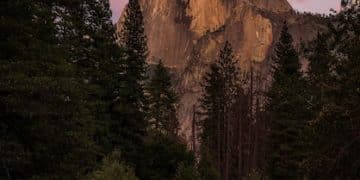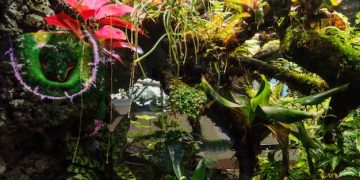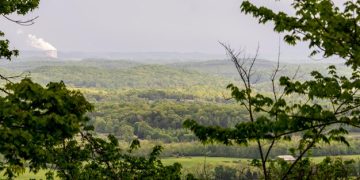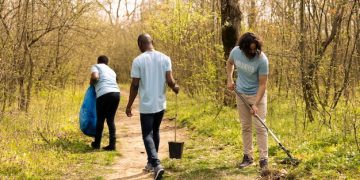National Park Accessibility: Resources and Tips for Visitors with Disabilities
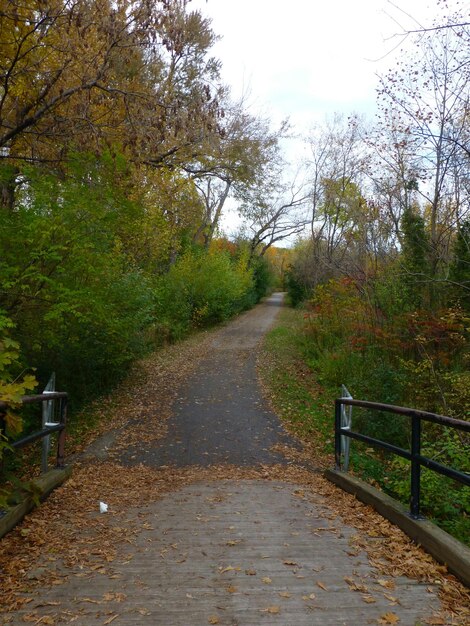
National Park Accessibility ensures that individuals with disabilities can experience the beauty of nature through accessible trails, visitor centers, and inclusive programs, promoting equal opportunities for recreation and enjoyment.
Exploring the great outdoors is a cherished pastime, and national parks offer some of the most breathtaking landscapes in the United States. **National Park Accessibility: Resources and Tips for Visitors with Disabilities** ensures that everyone, regardless of their physical abilities, can enjoy these natural wonders.
Planning Your Accessible National Park Visit
Planning a trip to a national park requires some preparation, especially when considering accessibility needs. Understanding the available resources and making informed decisions can greatly enhance your experience.
Researching Accessible Parks
Before you embark on your adventure, take time to research which national parks offer the best accessibility features. Many parks provide detailed information on their websites.
- National Park Service (NPS) Website: Check the official NPS site for accessibility information.
- Park-Specific Accessibility Guides: Look for guides tailored to specific parks.
- Online Forums and Communities: Engage with other travelers with disabilities for firsthand accounts.
Understanding Accessibility Symbols
Familiarize yourself with the symbols used to denote accessible features. Knowing what these symbols mean can help you quickly identify suitable amenities.
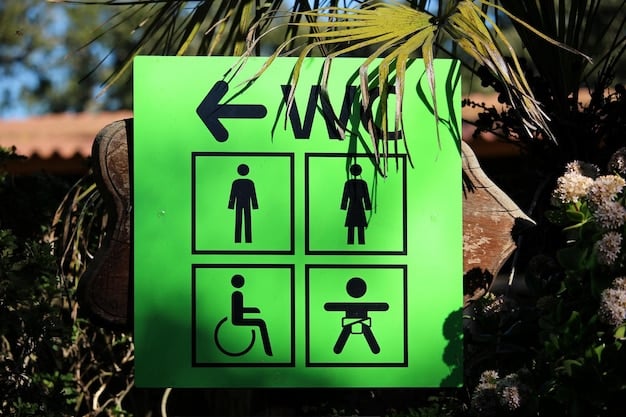
Transportation and Parking
Getting to and around national parks can present unique challenges. Knowing your transportation options and parking availability is essential.
Accessible Shuttle Services
Many national parks offer shuttle services to reduce traffic congestion and provide access to popular attractions. Check if these shuttles are wheelchair accessible.
Designated Parking Areas
Look for designated parking areas specifically for visitors with disabilities. These spots are usually located close to visitor centers and trailheads.
Accessible Trails and Pathways
One of the most rewarding experiences in a national park is exploring its trails. Numerous parks have made significant efforts to create accessible pathways.
Types of Accessible Trails
Accessible trails come in various forms, including paved paths, boardwalks, and compacted gravel trails. Understanding these options can help you choose the right trail for your needs.
Resources for Trail Information
Utilize online resources and park staff to gather detailed information about trail accessibility.
- Trail Maps: Obtain trail maps that clearly indicate accessible routes.
- Ranger Programs: Participate in ranger-led programs that focus on accessible trails.
- Park Websites: Access park websites for up-to-date accessibility information.
Exploring accessible trails ensures that everyone can experience the beauty and tranquility of nature within these protected areas.
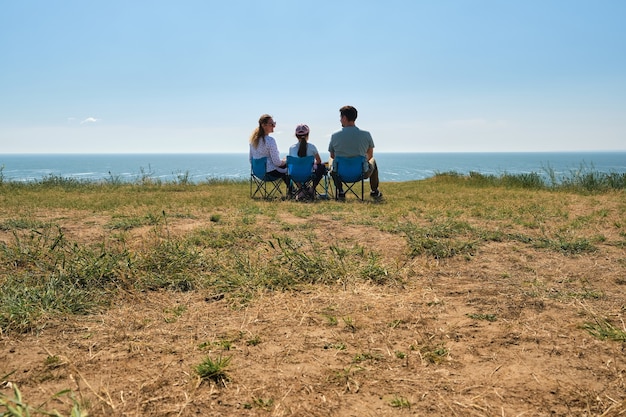
Visitor Centers and Facilities
Visitor centers serve as hubs for information and services within national parks. Ensuring these facilities are accessible is a priority.
Accessible Restrooms and Amenities
Look for accessible restrooms, water fountains, and picnic areas. These amenities are crucial for a comfortable visit.
Assistive Listening Devices and Sensory Aids
Many visitor centers offer assistive listening devices and sensory aids for visitors with hearing or visual impairments. Inquire about these resources upon arrival.
Accommodations and Camping
Staying overnight in a national park can be an unforgettable experience. Accessible lodging options are available in many parks.
Accessible Lodging Options
Several national park lodges and hotels offer accessible rooms with adapted features. Booking in advance is highly recommended.
Accessible Campsites
For those who prefer camping, some parks provide accessible campsites with leveled tent pads, accessible picnic tables, and nearby restroom facilities.
Assistive Technology and Services
Assistive technology and services play a vital role in enhancing the national park experience for visitors with disabilities.
Wheelchair Rentals and Repair Services
Determine if wheelchair rentals or repair services are available within the park or nearby. Having access to these resources can be a game-changer.
Service Animals
Understand the policies regarding service animals in national parks. Service animals are generally allowed in most areas, but there may be specific guidelines to follow.
By understanding and utilizing assistive technology and services, visitors with disabilities can maximize their enjoyment and independence.
| Key Point | Brief Description |
|---|---|
| ♿ Accessible Trails | Discover trails suitable for wheelchairs and mobility devices. |
| ℹ️ Visitor Centers | Find information, restrooms, and assistance at accessible visitor centers. |
| 🚌 Transportation | Utilize accessible shuttles and designated parking areas. |
| 🏡 Accommodations | Book accessible lodging and campsites in advance. |
Frequently Asked Questions About National Park Accessibility
▼
Accessible trails include paved paths, boardwalks, and compacted gravel trails. These are designed to accommodate wheelchairs and other mobility devices, ensuring more visitors can enjoy the scenery.
▼
Yes, most visitor centers in national parks provide accessible restrooms. These facilities are designed to meet the needs of visitors with disabilities, ensuring comfort and convenience during their visit.
▼
Information on accessible campgrounds can usually be found on the official website of the park. Some parks feature leveled tent pads, accessible picnic tables, and nearby restroom facilities for a more inclusive experience.
▼
Yes, service animals are generally allowed in most areas of national parks. However, it’s essential to follow park-specific guidelines to ensure the safety of both the animal and other visitors, making the park enjoyable for everyone.
▼
To request accessibility accommodations, contact the specific national park directly by phone or email. Doing so can help ensure that your needs are met, such as accessible lodging, transportation, and trail options during your visit.
Conclusion
Exploring national parks should be a joyful and inclusive experience for everyone. By understanding the resources and tips for national park accessibility, visitors with disabilities can plan fulfilling adventures, ensuring lasting memories and a deeper connection with nature.


